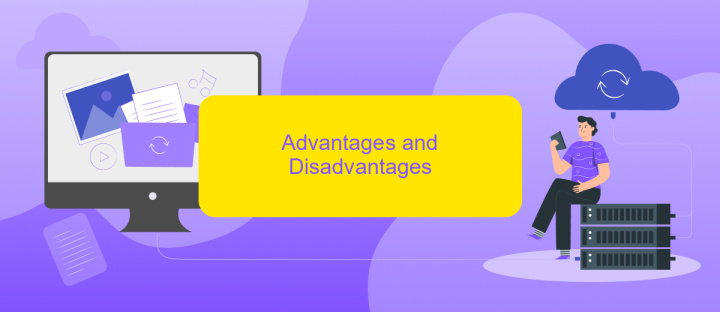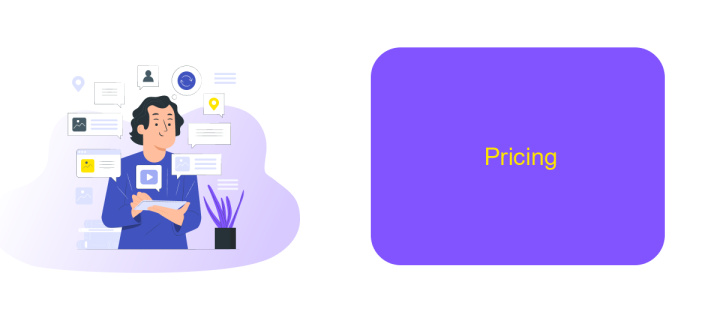Apigee Edge Vs Cloud Endpoints
In today's rapidly evolving digital landscape, selecting the right API management platform is crucial for businesses aiming to streamline their operations and enhance user experiences. This article delves into a detailed comparison between Apigee Edge and Cloud Endpoints, examining their features, performance, and suitability for various use cases. By understanding their strengths and weaknesses, you can make an informed decision for your enterprise needs.
Overview
Apigee Edge and Cloud Endpoints are two prominent API management platforms designed to streamline the development, deployment, and management of APIs. Both services offer robust features, but they cater to slightly different needs and use cases. Apigee Edge, developed by Google, is known for its comprehensive API analytics, developer portal, and extensive security features. On the other hand, Cloud Endpoints, also from Google, is a more lightweight solution that integrates seamlessly with Google Cloud services.
- Apigee Edge: Advanced API analytics, developer portal, robust security features.
- Cloud Endpoints: Lightweight, seamless integration with Google Cloud, easier to set up.
When deciding between Apigee Edge and Cloud Endpoints, it's essential to consider your project's specific needs. If you require detailed analytics and a high level of security, Apigee Edge might be the better choice. However, for projects that prioritize ease of integration with Google Cloud services, Cloud Endpoints could be more suitable. For those looking to simplify their API integrations further, services like ApiX-Drive can also be considered to automate and streamline the connection between different applications and services.
Key Features

Apigee Edge offers a robust set of features designed for API management, including traffic management, security, analytics, and developer portals. It provides a comprehensive suite for building and deploying APIs with advanced capabilities such as rate limiting, quotas, and caching. Apigee Edge also includes powerful tools for monitoring API performance and usage, helping businesses optimize their API strategies and ensure high availability and reliability.
Cloud Endpoints, on the other hand, focuses on simplicity and ease of use, making it ideal for developers who need to quickly deploy and manage APIs. It offers features like automated documentation, API key management, and support for multiple authentication mechanisms. Cloud Endpoints integrates seamlessly with Google Cloud services, providing a streamlined experience for developers working within the Google ecosystem. For those needing additional integration capabilities, services like ApiX-Drive can be utilized to connect various applications and automate workflows, enhancing the overall functionality of Cloud Endpoints.
Advantages and Disadvantages

When comparing Apigee Edge and Cloud Endpoints, it's important to consider their respective advantages and disadvantages to determine which best suits your needs.
- Apigee Edge Advantages: Comprehensive API management features, robust analytics, and developer portal capabilities. It offers extensive security options and is highly scalable for large enterprises.
- Apigee Edge Disadvantages: Higher cost compared to other solutions, and it may have a steeper learning curve for beginners.
- Cloud Endpoints Advantages: Seamless integration with Google Cloud services, cost-effective for smaller projects, and easier to set up for developers familiar with Google Cloud.
- Cloud Endpoints Disadvantages: Limited features compared to Apigee Edge, and less suitable for complex API management needs.
Both solutions have their merits, and the choice depends on your specific requirements. For streamlined integration and automation, consider using ApiX-Drive. This service simplifies the connection between various applications and APIs, enhancing the overall efficiency of your API management strategy.
Pricing

When comparing Apigee Edge and Cloud Endpoints, pricing is a critical factor to consider. Both platforms offer different pricing models, which can significantly impact your budget depending on your specific requirements and usage patterns.
Apigee Edge operates on a subscription-based model, with costs varying based on the number of API calls, the level of support, and additional features such as advanced analytics and security. Cloud Endpoints, on the other hand, follows a pay-as-you-go pricing model, which charges based on the number of API requests, data processing, and other related services.
- Apigee Edge: Subscription-based, tiered pricing
- Cloud Endpoints: Pay-as-you-go, usage-based pricing
- ApiX-Drive: Flexible plans based on integration needs
Choosing the right pricing model depends on your projected API traffic and specific business needs. For those who require extensive integrations and automated workflows, services like ApiX-Drive can offer additional value by streamlining processes and reducing manual effort. Carefully evaluating these factors will help you make an informed decision that aligns with your budget and operational goals.
Use Cases
Apigee Edge is ideal for large enterprises that require advanced API management capabilities, such as traffic management, security, analytics, and developer portal. It excels in handling complex integrations and offers a robust set of tools for API lifecycle management. Companies looking to monetize their APIs, implement sophisticated access controls, and gain deep insights into API usage will find Apigee Edge particularly useful. Additionally, its strong support for hybrid and multi-cloud environments makes it a versatile choice for diverse infrastructure needs.
On the other hand, Cloud Endpoints is well-suited for organizations that are heavily invested in the Google Cloud ecosystem. It provides a streamlined, cost-effective solution for managing and securing APIs with minimal overhead. Cloud Endpoints is perfect for smaller teams or projects that need to quickly deploy and scale APIs without extensive configuration. Integrating with services like ApiX-Drive can further enhance its capabilities by simplifying the process of connecting various applications and automating workflows, making it an excellent choice for startups and agile development teams.


FAQ
What are the primary differences between Apigee Edge and Cloud Endpoints?
Which platform is better for large-scale enterprise applications?
What is the learning curve like for Apigee Edge compared to Cloud Endpoints?
Can I use Apigee Edge and Cloud Endpoints together in a single project?
What are the alternatives for automating and integrating APIs without using Apigee Edge or Cloud Endpoints?
Do you want to achieve your goals in business, career and life faster and better? Do it with ApiX-Drive – a tool that will remove a significant part of the routine from workflows and free up additional time to achieve your goals. Test the capabilities of Apix-Drive for free – see for yourself the effectiveness of the tool.

